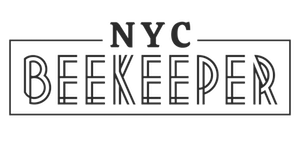If you’re interested in keeping a honey bee hive in the spring, there are several pieces of equipment, tools, and supplies you’ll need to get started. Here’s a quick guide on how to gather the necessary items to get your hive up and running:

Hive Equipment
Start by purchasing a beehive kit. There are many different types of beehives available, and the best one for you will depend on your needs and preferences. Consider factors like the size and access of the space where the hive will sit. Also, consider you’re own physical abilities as some hive styles will require lifting of heavy equipment.
The most common hive in the US is the Langstroth Hive. This is a stacked-box hive with moveable frames that hang in the boxes like files in a filing cabinet. This style hive typically comes in 8 or 10-frame sizes. There are also different box heights. Brood boxes are typically the taller boxes called “deeps”. The honey boxes or “honey supers” are generally the middle-height boxes called “mediums”. While the traditional hive setup consists of deeps and mediums, many beekeepers (like yours truly) use all mediums. Some commercial operations use all deeps. Check-in with beekeepers in your area or at your local bee club to see what they recommend.

Purchasing Honey Bees
Next, you’ll need to purchase bees. You can either buy a package of bees from a local beekeeper or order them online from a reputable supplier and travel to pick them up. It is highly recommended not to have your bees shipped. Most distributors who ship will send your package via USPS. While I have lots of admiration and respect for how the Post Office moves mail from one place to another at scale, they are not equipped for or knowledgeable about bees. You should not expect the Post Office to handle your bees with the care you or your local beekeeper will. Be sure to research the type of bees that are best suited to your climate and needs.

Tools & Gear
In addition to a hive and bees, you’ll also need some basic tools and supplies. This includes a bee suit and veil, gloves, a smoker, and a hive tool. These items will help you safely and effectively care for your bees and manage your hive. In your first year, avoid the temptation to get specialized tools or gear. You can waste a lot of money quickly before you even know if you’ll be interested in beekeeping for more than a season. Take it slow and stick with the basics.
To feed your bees, you’ll need to provide them with a source of food and water. For food, you can use a mixture of sugar and water, or you can purchase bee feed from a beekeeping supply store. For water, a shallow dish or tray can be placed near the hive for the bees to access.
Finally, be sure you’re also learning and preparing a strategy for controlling varroa mites. Especially in hive-dense areas like NYC, you should absolutely be prepared to treat your hives. Treatments like Formic Pro, Oxalic Acid, Apivar, Thymol, or any other treatment of your choice should be on hand when you need it. If you are in a more isolated area, you may have the luxury of practicing treatment-free beekeeping, but you should consult with experienced beekeepers in your area to find out if treatment-free beekeeping is viable.

Setting Up Your Hive Equipment
Once you have all of your equipment and supplies, you’re ready to set up your hive. Be sure to follow the instructions provided by the manufacturer for assembling and setting up your hive. Place the hive in a location that is sheltered from the wind and gets plenty of sunlight. It’s imperative to completely setup your hive before you install your bees. Being prepared is half the battle.
Starting a new honey bee hive in the spring requires some basic equipment and supplies. This includes a beehive, bees, a bee suit and veil, gloves, a smoker, a hive tool, bee feed, and a source of water. By gathering these items and following the steps outlined above, you can successfully set up your hive and begin caring for your bees.


